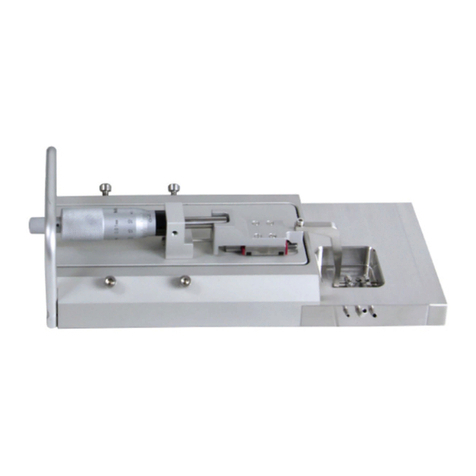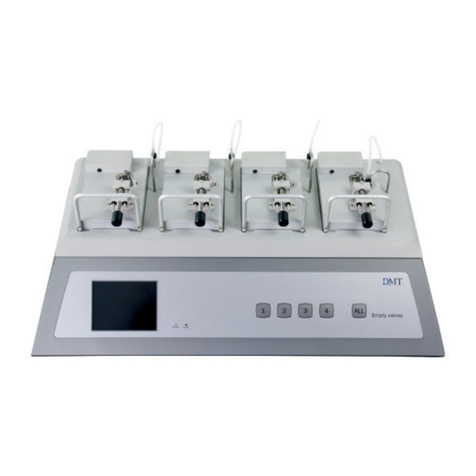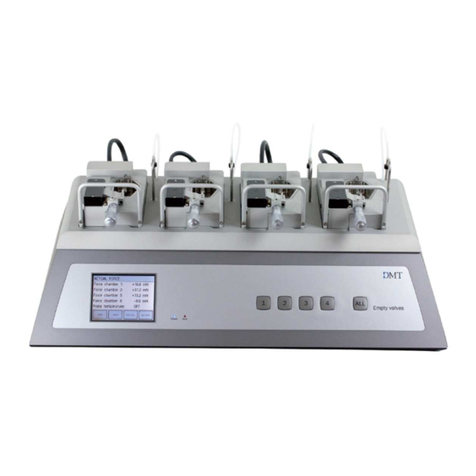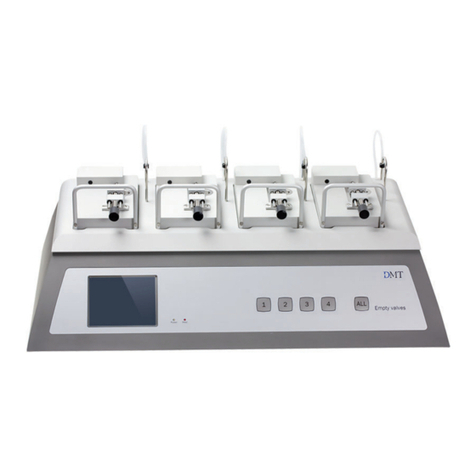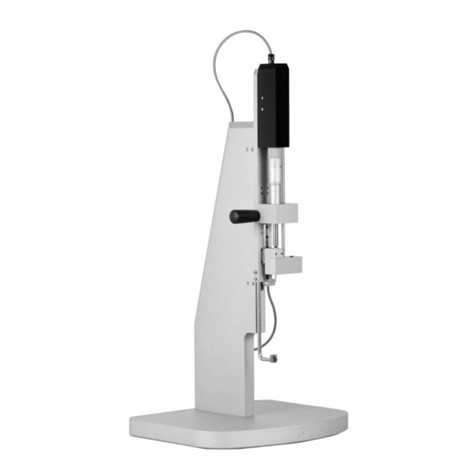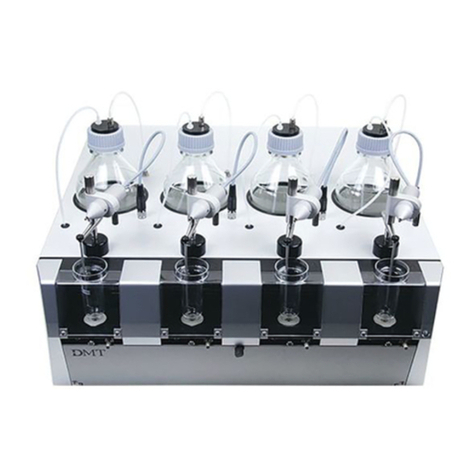UhsasManualRevE060405DMT.doc,6 / 34
Chapter Three - Getting Started & Shutdown/Power off procedure
The UHSAS instrument contains a computer which runs the Windows2000 operating
system. It is assumed that the instrument user is familiar with the normal operation of
this operating system on a computer.
Before starting the instrument, ensure that the keyboard/trackpad are connected to the
USB port on the front panel of the instrument, that the zero filter is in place on the inlet,
that the power switch is in the off position, and the power cable is connected.
Turn on the instrument with the power switch located on the back panel. When power is
applied to the instrument you will see the Windows2000 startup windows on the flat
panel display on the front of the instrument. The computer is configured to auto-boot
into Windows2000 without the need to supply a login and password at startup. The
default user called “droplet” is configured as a user with administrator privileges in
Windows2000.
When Windows2000 is booted, the desktop will contain a shortcut labeled UHSAS.vi
which will run the LabView executable program which controls the instrument. Select &
Run this shortcut. This will bring up the UHSAS window on the desktop.
LabView 7.1 is a software program from National Instruments which provides a user-
friendly virtual instrument (commonly called a vi) panel for the control, data display, and
data logging of the UHSAS instrument.
The UHSAS vi controls the instrument through a series of vi displays for various
instrument functions. Examples of this display are shown below. Actions on the vi are
initiated with the normal “mouse” and “select” buttons on the computer. The UHSAS vi
has different views which are selected with the appropriate tab near the top of the display.
The UHSAS.vi starts with the Controls screen as the default screen. The Controls screen
allows the user to monitor the various air flows in the instrument, the sample block
temperature & pressure, and has monitors for the laser & cavity characteristics. The air
flows are measured with electronic flow controllers or meters. The sample flow is
controllable by adjusting a flow controller with either the “slider” control or by manually
inputting a number in the set voltage box at the bottom of the flow indicator. At startup,
check that the Sheath flow is about 700 SCCM and the sample flow should be between
10 and 99 SCCM. Refer to the UHSAS 55nm-1000nm QC Checklist on a previous page
for nominal values for Reference, Scatter, Laser Current and Laser Temp.






